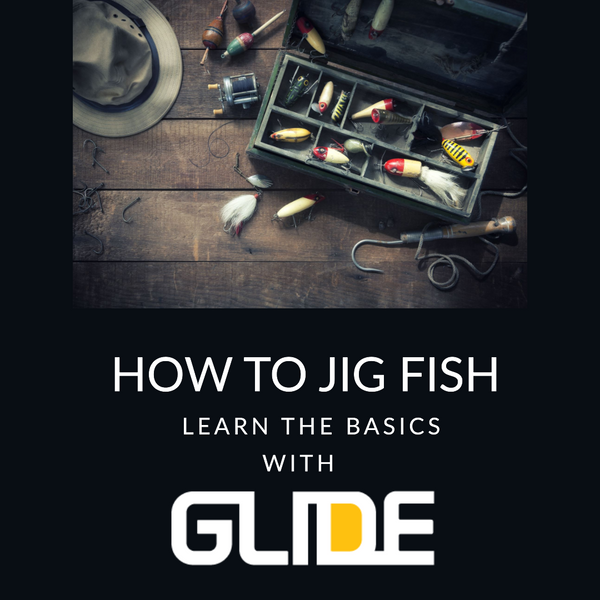
Jig Fishing 101: A Beginner's Guide to This Effective Fishing Technique
Fishing is a fun and relaxing activity that has been enjoyed by many for centuries. One of the most effective fishing techniques is jig fishing, which involves using a jig, or a weighted hook, to lure fish to bite. In this article, we will discuss what jig fishing is and how to do it, so you can catch more fish on your next fishing trip.
Key Highlights
- Understanding Jig Fishing: A brief introduction to jig fishing, highlighting its effectiveness for catching a variety of fish.
- Essential Equipment: Listing the necessary gear including medium to heavy action rods, spinning reels, and the right line and jigs for successful jig fishing.
- The Jig Fishing Process: A step-by-step guide on how to perform jig fishing, from casting to retrieval and setting the hook.
- Tips for Successful Jig Fishing: Advice on choosing the right jig, varying retrieval techniques, and fishing in structured areas to improve catch rates.
- FAQs for Jig Fishing Beginners: Addressing common questions such as the best time for jig fishing, the possibility of shore jigging, and choosing the right jig.
What is Jig Fishing?
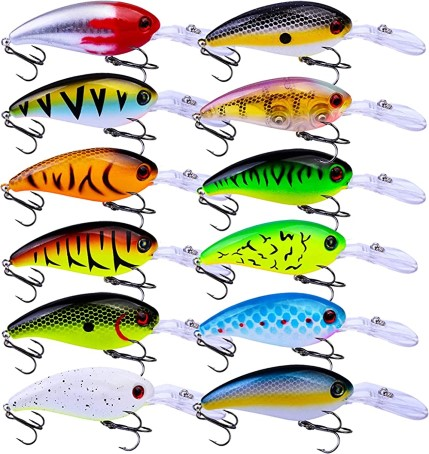
Jig fishing is a fishing technique that involves using a jig, a hook with a weighted head, to mimic the movement of prey in the water. The jig is typically made of lead, tungsten, or other heavy metals, and is attached to a fishing line. The hook is then baited with a soft plastic lure, such as a worm or a minnow, to entice fish to bite.
Jig fishing can be done in both freshwater and saltwater, and can be used to catch a variety of fish, including bass, walleye, crappie, and trout.
Equipment Needed for Jig Fishing
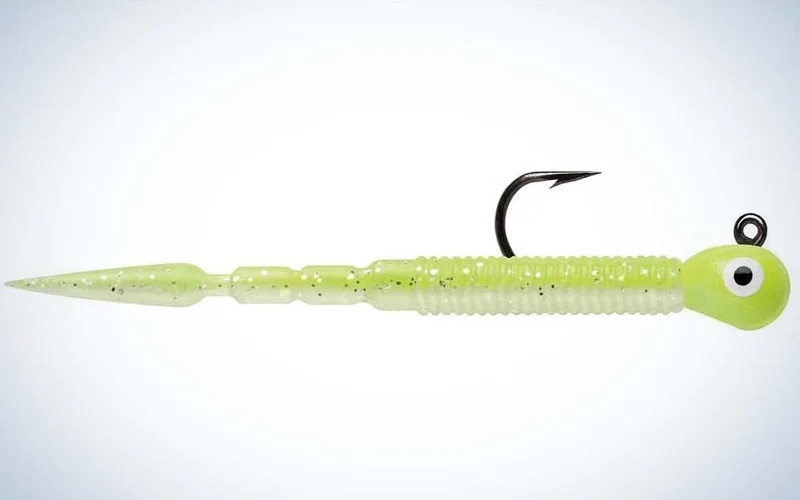
To get started with jig fishing, you will need some basic equipment, including:
-
Fishing rod: A medium to heavy action rod is recommended for jig fishing, as it provides the necessary strength to cast and retrieve the jig.
-
Fishing reel: A spinning reel is recommended for jig fishing, as it provides the necessary control and sensitivity to feel the bites.
-
Fishing line: A braided or fluorocarbon fishing line is recommended for jig fishing, as it provides the necessary strength and sensitivity to detect bites.
-
Jigs: Jigs come in a variety of sizes and shapes, and it's important to choose the right one for the type of fish you are targeting.
-
Soft plastic lures: Soft plastic lures, such as worms and minnows, are commonly used as bait for jig fishing.
How to Jig Fish.
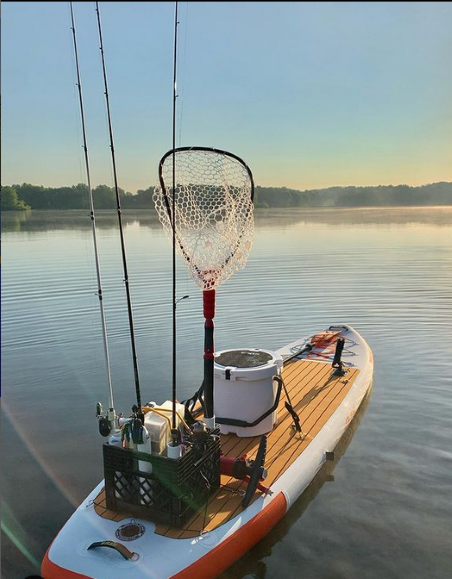
Now that you have the necessary equipment, it's time to learn how to jig fish. Follow these steps to get started:
-
Cast your jig: Start by casting your jig into the water, and let it sink to the bottom.
-
Retrieve your jig: Once your jig has reached the bottom, start retrieving it by jerking your rod tip up and down. This will cause the jig to move in a way that mimics the movement of prey in the water.
-
Watch for bites: As you retrieve your jig, keep an eye out for any bites. You will typically feel a slight tug on your line, or see your line start to move.
-
Set the hook: Once you feel a bite, it's time to set the hook. Do this by quickly jerking your rod up, which will cause the hook to penetrate the fish's mouth.
-
Reel in your catch: After setting the hook, start reeling in your catch. Be sure to keep tension on the line to prevent the fish from escaping.
Tips for Successful Jig Fishing.
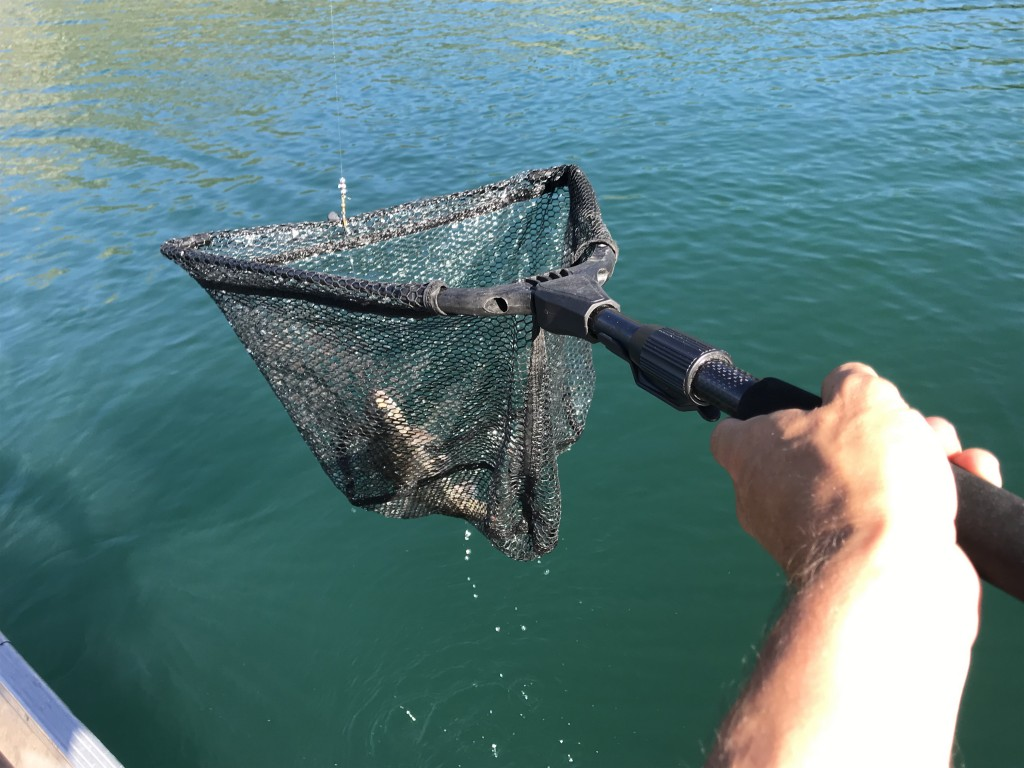
To improve your chances of catching fish with jig fishing, consider these tips:
-
Choose the right jig for the type of fish you are targeting.
-
Vary your retrieve speed and technique to mimic the movement of different types of prey.
-
Use a fish finder to locate schools of fish.
-
Fish in areas with structure, such as rocks or submerged logs, as these areas are more likely to attract fish.
Conclusion.
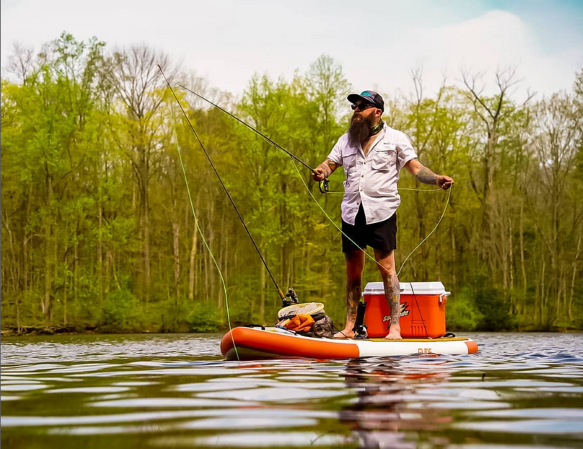
Jig fishing is a fun and effective fishing technique that can help you catch more fish on your next fishing trip. By following the steps outlined in this article, and using the right equipment and techniques, you can increase your chances of success with jig fishing.
Glide Paddle Boards SUP Fishing Tips.

Paddle board fishing a comprehensive guide.
The Glide O2 Angler. Fishing sup board perfect for your next fishing adventure. Glide makes the right paddle board for all your paddle boarding adventures.
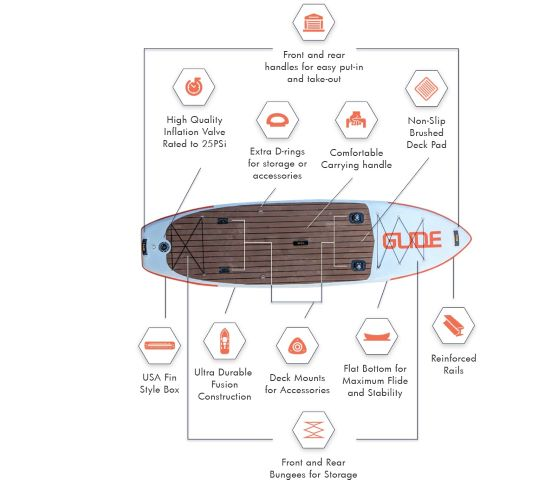
Glide beginners tips to sup fishing.
Paddleboard fishing, can you fish from a sup?
Landing fish while SUP fishing: Tips and techniques.
Fishing from a Paddle Board: Tips and Tricks for a Successful Experience!
Tips for Spotted Seatrout SUP Fishing.
The Ultimate Guide to Light vs. Dark Colored Lures: Maximize Your Fishing Success.
FAQs.
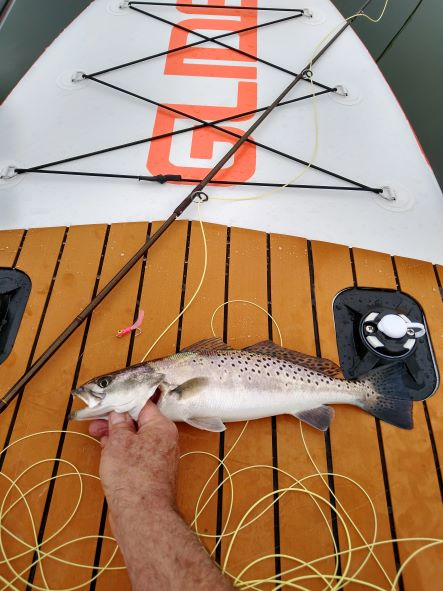
-
What types of fish can be caught with jig fishing? Below is a small sample of the possibility's.
-
Bass.
-
Largemouth Bass
-
Smallmouth Bass
-
Striped Bass
Bass are one of the most popular types of fish caught with jig fishing. Largemouth bass and smallmouth bass are both attracted to jigs and can be caught using the technique. Striped bass, also known as rockfish, can also be caught with jig fishing. Bass are attracted to the movement of the jig and the soft plastic or feather tail.
-
Walleye.
Walleye are another popular type of fish caught with jig fishing. Walleye are found in freshwater lakes and rivers and are attracted to the movement of the jig. The best time to catch walleye with jig fishing is during the spring and fall months when the water is cooler.
-
Panfish.
-
Bluegill
-
Crappie
-
Perch
Panfish, such as bluegill, crappie, and perch, can also be caught with jig fishing. Panfish are attracted to the small size of the jig and the movement of the soft plastic or feather tail. They can be caught throughout the year and are popular among ice fishermen.
-
Trout.
-
Rainbow Trout
-
Brown Trout
Trout are another type of fish caught with jig fishing. Rainbow trout and brown trout are both attracted to the movement of the jig and can be caught using the technique. Trout are typically found in freshwater streams and rivers and are popular among fly fishermen.
-
What is the best time of day to go jig fishing?
The best time of day to go jig fishing can vary depending on the species of fish you are targeting. Generally, early morning and late afternoon tend to be the most productive times for fishing, as fish are more active during these times. However, it's important to consider factors such as water temperature and weather conditions when deciding when to go fishing.
-
Can jig fishing be done from shore?
Yes, jig fishing can be done from shore. However, it's important to consider the depth and structure of the water when choosing a location for shore fishing. Fishing in areas with structure, such as rocks or submerged logs, can increase your chances of catching fish.
-
What is the best way to choose a jig for jig fishing?
When choosing a jig for jig fishing, it's important to consider the species of fish you are targeting and the depth of the water you will be fishing in. Different jigs come in different shapes and sizes, and some are better suited for certain types of fishing than others. It's also important to choose a jig with the appropriate weight for the depth of the water you will be fishing in.
-
Can jig fishing be done in saltwater?
Yes, jig fishing can be done in saltwater. In fact, many anglers use jig fishing as a technique for catching saltwater fish such as tuna, snapper, and grouper. When jig fishing in saltwater, it's important to use jigs that are designed for saltwater use and to choose a fishing line that is appropriate for the species of fish you are targeting.


